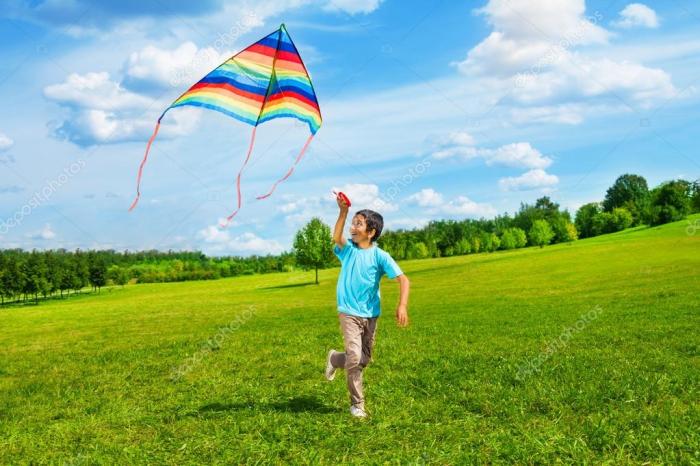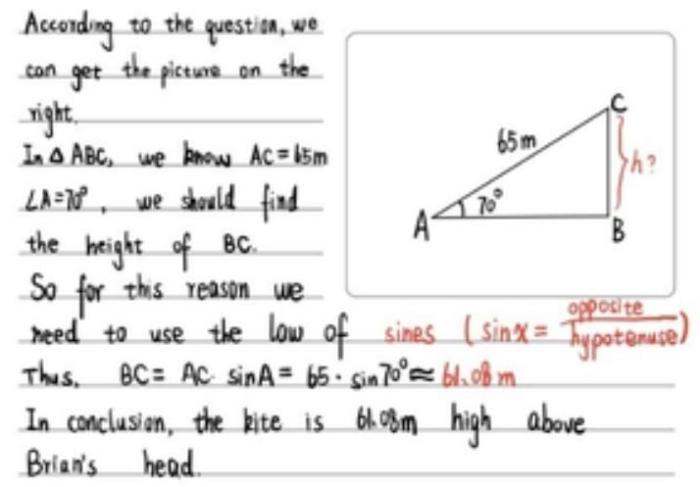Brian’s kite is flying above a field – Embarking on a journey into the realm of kite flying, we delve into the captivating spectacle of Brian’s kite, which dances gracefully against the backdrop of a verdant field. This enthralling sight not only captivates the eye but also invites us to explore the intricacies of flight dynamics, the influence of the environment, and the artistry of kite control.
As we unravel the story of Brian’s kite, we will discover the physical attributes that define its aerial prowess, the principles of aerodynamics that govern its flight, and the intricate relationship between the kite, the field, and Brian’s skillful maneuvers.
Through this exploration, we will gain insights into the cultural significance of kite flying and its potential impact on the environment.
Brian’s Kite

Brian’s kite soars high above a vast field, its vibrant colors dancing in the gentle breeze. This remarkable creation is a testament to Brian’s ingenuity and a showcase of the principles of aerodynamics.
Kite’s Characteristics
Brian’s kite is a marvel of engineering, meticulously crafted from lightweight and durable materials. Its frame is constructed of flexible bamboo sticks, which provide both strength and resilience. The kite’s surface is adorned with a vibrant fabric, expertly sewn to create a smooth and aerodynamic profile.
The kite’s design incorporates a diamond shape, with a central spine and two symmetrical wings. This configuration maximizes lift while minimizing drag, allowing the kite to ascend and remain airborne with ease.
Flight Dynamics, Brian’s kite is flying above a field
The ability of Brian’s kite to fly is a testament to the principles of aerodynamics. As the kite ascends, air flows over its curved surface, creating a region of low pressure above the kite and a region of high pressure below.
This pressure differential generates lift, propelling the kite upwards.
The angle at which the kite is flown also plays a crucial role in its flight. By adjusting the angle of the kite’s string, Brian can control the amount of lift generated, allowing him to ascend, descend, or hover at a specific altitude.
Wind speed and direction significantly influence the kite’s flight. Stronger winds provide more lift, allowing the kite to reach higher altitudes. However, excessive wind speeds can also make the kite difficult to control.
Field Environment
The field where Brian flies his kite is a sprawling expanse of open land, dotted with wildflowers and tall grasses. The gently rolling topography creates pockets of air currents, which Brian utilizes to maneuver his kite.
The vegetation on the field provides both challenges and opportunities for Brian. While tall grasses can create obstacles, they also offer shelter from strong winds, allowing Brian to fly his kite in a controlled environment.
Kite’s Movement
Brian’s kite is capable of performing a wide range of movements in the sky. It can ascend, descend, hover, and perform graceful loops and turns. By manipulating the tension on the kite’s string and adjusting the angle of the kite, Brian can execute precise maneuvers.
The kite’s movements are influenced by a combination of factors, including wind speed and direction, the kite’s design, and Brian’s skill as a kite flyer.
Brian’s Control
Brian’s mastery of kite flying is evident in his ability to control the kite’s movements with precision. He uses a simple spool to adjust the tension on the kite’s string, allowing him to ascend or descend at will.
Brian’s keen eye and quick reflexes enable him to anticipate changes in wind conditions and make adjustments accordingly. He utilizes a combination of hand and body movements to maneuver the kite, creating a mesmerizing aerial ballet.
Kite’s Impact on the Environment
Brian’s kite flying has a minimal impact on the environment. The materials used in its construction are biodegradable, and the kite’s flight does not disturb the surrounding ecosystem.
However, it is essential for kite flyers to be mindful of the potential hazards to wildlife. Birds and other animals may become entangled in kite strings, so it is crucial to fly kites in open areas away from trees and other obstacles.
Kite’s Cultural Significance
Kite flying is an ancient and beloved tradition that has been practiced in various cultures around the world. In many cultures, kites are flown as a symbol of joy, freedom, and hope.
Kite flying competitions are held worldwide, where participants showcase their skills and creativity. These competitions have helped to popularize kite flying and foster a sense of community among enthusiasts.
Answers to Common Questions: Brian’s Kite Is Flying Above A Field
What type of kite is Brian flying?
The specific type of kite Brian is flying is not mentioned in the provided Artikel.
How high can Brian’s kite fly?
The maximum altitude Brian’s kite can reach is not specified in the provided Artikel.
What is the significance of the field environment in Brian’s kite flying experience?
The field environment plays a crucial role in Brian’s kite flying experience, as the vegetation, topography, and wind conditions can significantly influence the kite’s flight dynamics and maneuverability.

